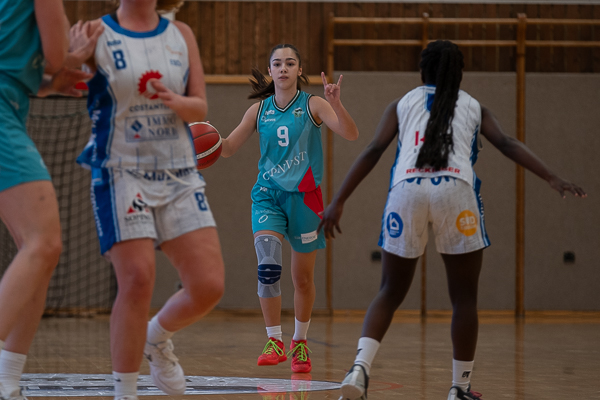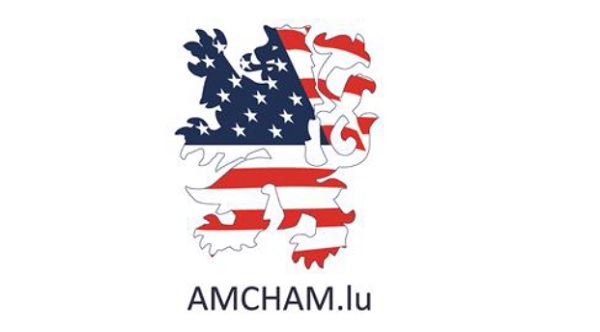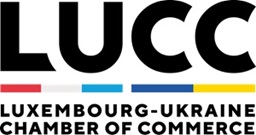 Women's Basketball Enovos League match, 23 February 2025;
Credit: Ali Sahib, Chronicle.lu
Women's Basketball Enovos League match, 23 February 2025;
Credit: Ali Sahib, Chronicle.lu
In recent years, women’s sport has taken significant steps forward, both on and off the field. From record-breaking attendances and viewership numbers to more equal pay structures and improved media coverage, the momentum is undeniable. Yet despite these advances, the battle for equality in sport is far from over.
A recent controversy at French Open (Roland Garros), one of the four Grand Slam tennis tournaments, has once again highlighted the persistent gap in how men’s and women’s competitions are treated. The 2025 edition in Paris has drawn criticism for its scheduling practices, particularly the absence of women’s matches during prime-time evening sessions. Tunisia’s Ons Jabeur, currently the highest-ranked French-speaking player on the WTA Tour, publicly voiced her frustration, calling the omission unfair and damaging to women’s tennis. “I don’t think they have daughters,” she remarked, highlighting the broader implications of visibility and representation.
In response, tournament director and former world number one Amélie Mauresmo defended the decision, explaining that the single match scheduled for the evening slot is dictated by a broadcast agreement with Amazon Prime. She also pointed to match length as a factor, suggesting that men’s best-of-five contests offer more value to evening viewers than the shorter women’s format.
This rationale has sparked debate - not only about the commercial considerations behind sporting events, but also about the responsibility of major tournaments to ensure equal exposure for female athletes. If women's sport is truly to thrive, fairness in scheduling and visibility must be more than aspirational - they must be actionable.
Ironically, this conversation is unfolding less than a year after Paris hosted the Summer Olympic Games, which made history as the first edition with full gender parity among athletes. For the first time, the number of female and male participants was exactly equal, marking a milestone in the International Olympic Committee’s long-standing efforts to promote inclusivity and balance on the world’s biggest sporting stage. It was a symbolic achievement for the host nation, but also a reminder that progress at the institutional level does not always translate to equality in everyday practice - even within the same city, or the same year.
As I watched a recent match of Luxembourg’s women’s national football team, it was hard not to feel both proud and reflective. The crowd was smaller than what we might see for the men’s team, the atmosphere a little more intimate, yet the passion and competitiveness on display were equal in every way. It highlighted a core truth: the issue is not one of talent, but of opportunity and perception.
One of the most widely discussed examples of the ongoing struggle for equality in women’s sport comes from the United States. The US women’s national football team, four-time FIFA Women’s World Cup winners and four-time Olympic gold medallists, spent several years pursuing legal action over unequal pay and working conditions compared to the men’s team. In 2022, the players reached a historic settlement with the US Soccer Federation, which included $24 million in back pay and a commitment to equal pay moving forward, including equal distribution of World Cup prize money.
This case became a powerful symbol of what organised advocacy and collective action can achieve, setting a precedent that other federations have since followed or been pressured to adopt. It also underscored how deep-rooted structural inequalities remain, even at the highest levels of professional sport.
This imbalance doesn’t only affect elite athletes. It starts young. Research by the UK-based charity Women in Sport reveals that 43% of teenage girls who previously identified as 'sporty' disengage from sport after primary school. Key reasons include fear of judgment (68%), lack of confidence (61%), academic pressures (47%) and not feeling safe in public spaces (43%). Additionally, 78% avoid sport during their periods and 73% feel uncomfortable being watched while participating in physical activity.
In Luxembourg, efforts are underway to address these challenges. The Ministry of Sport's 2024-2028 policy focuses on enhancing inclusivity and gender equality in sports. This includes increasing financial support for sports organisations to promote female participation and leadership. Furthermore, initiatives like the Girls Foot Day, organised by the Luxembourg Football Federation, aim to encourage young girls aged six to twelve to engage in football.
Despite these initiatives, challenges persist. Media coverage of women's sports remains limited, and leadership roles within sports federations are predominantly held by men. For instance, out of 60 sports federations in Luxembourg, only five have female presidents. Addressing these issues requires continued commitment to creating inclusive environments and promoting female role models in sports.
Globally, change is beginning to take hold. Broadcasters are committing to airing more women’s competitions, brands are increasingly investing in female athletes and awareness campaigns promoting gender equality in sport are gaining momentum. One noteworthy example is the BBC, which has expanded its coverage of women's football in recent years. The broadcaster began regularly showing major international tournaments such as the UEFA Women’s Euro and the FIFA Women’s World Cup and in 2021 secured rights to broadcast England’s domestic Women’s Super League. This marked a key step in boosting the sport’s national profile.
Social media has become a powerful tool for increasing the visibility of women’s sport, enabling athletes to bypass traditional media barriers and connect directly with fans. Platforms such as Instagram, TikTok and X (formerly Twitter) allow female athletes to shape their own narratives, celebrate their achievements and build personal brands on a global scale. However, this rise in visibility comes with challenges. Female athletes are often subjected to heightened scrutiny and disproportionate levels of online abuse. A report commissioned by the International Olympic Committee found that women in sport face significantly more gender-based abuse on social media, leading to growing demands for improved protection and accountability on digital platforms.
Greater exposure is a crucial step, but visibility must lead to viability. Supporting women’s sport involves more than momentary gestures such as celebratory posts or profile picture changes during major tournaments. It requires sustained investment, equal access to training facilities and financial resources, and genuine cultural shifts in how sport is discussed and whose achievements are valued. Only through these systemic changes can women’s sport continue to thrive beyond the digital spotlight.
The fight for equality in sport is not a women’s issue - it is a societal one. When young girls see women thrive in sport, it reinforces the belief that they, too, belong on the pitch, the court, the track, or the pool. When women succeed in sport, society benefits through healthier communities, more diverse leadership and stronger role models for future generations.









